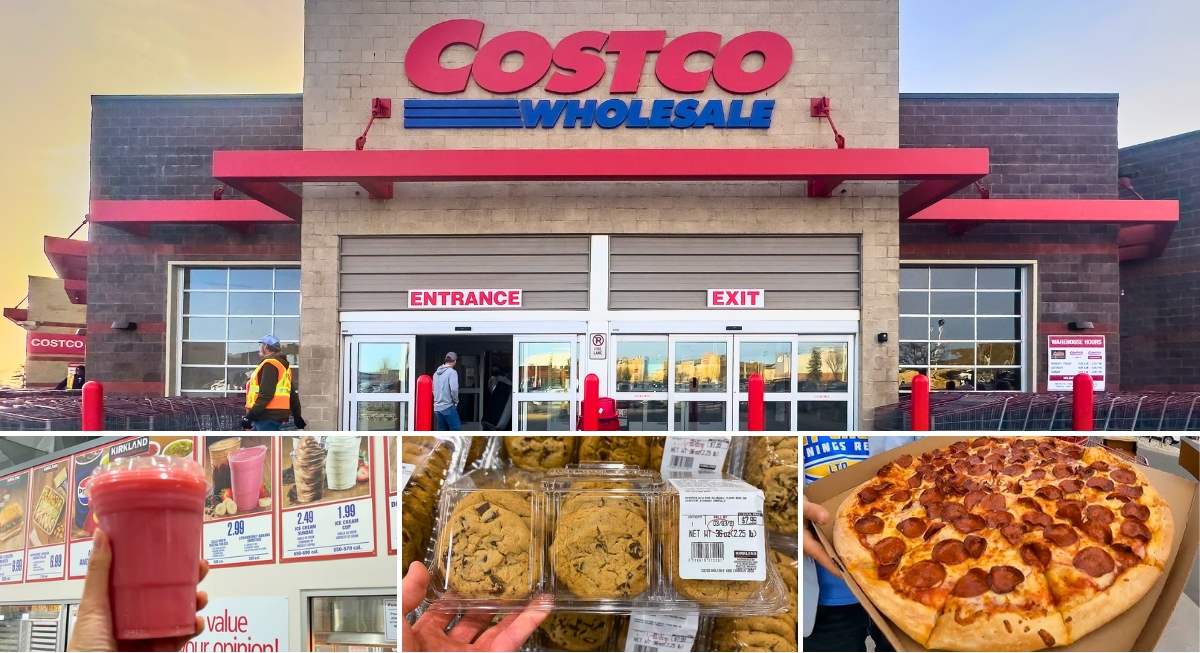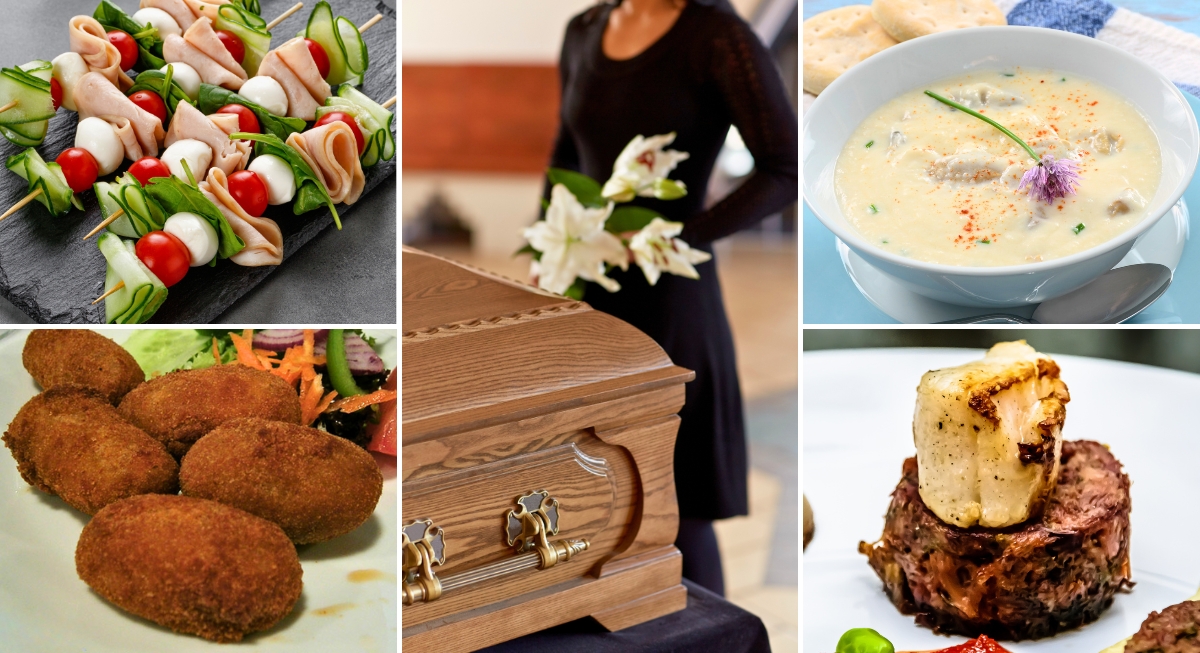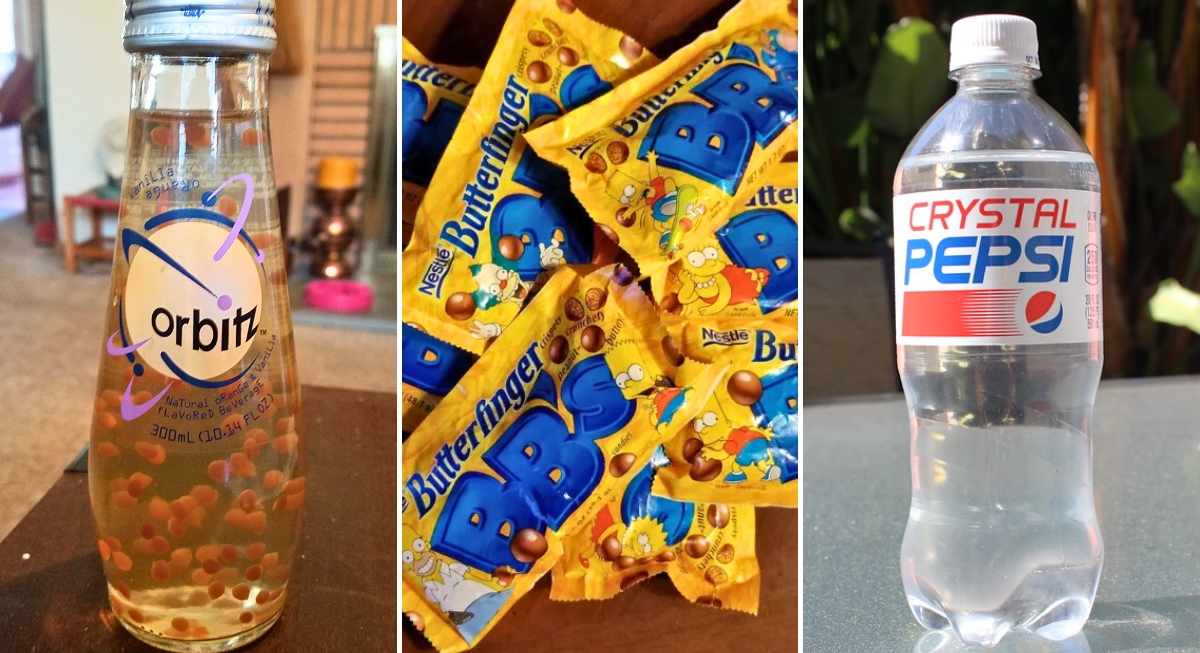Before Pop Rocks and Sour Patch Kids made it, the 1960s built its own candy lineup defined by bold flavors, bright colors, and packaging designed to grab attention. Candy makers during that decade leaned into trends that would go on to influence how treats were made and marketed long after.
Zero Candy Bar
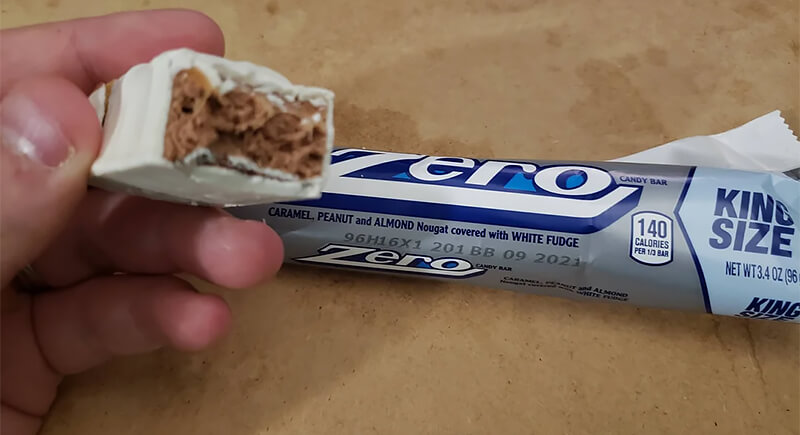
Credit: Reddit
Zero Candy Bar, from 1920, had a white fudge coating instead of milk chocolate. Inside, it had caramel, peanuts, and almond nougat for a unique taste. By 1934, people called it "Zero" because it looked pale and seemed not to melt easily when it was warm.
Candy Necklaces
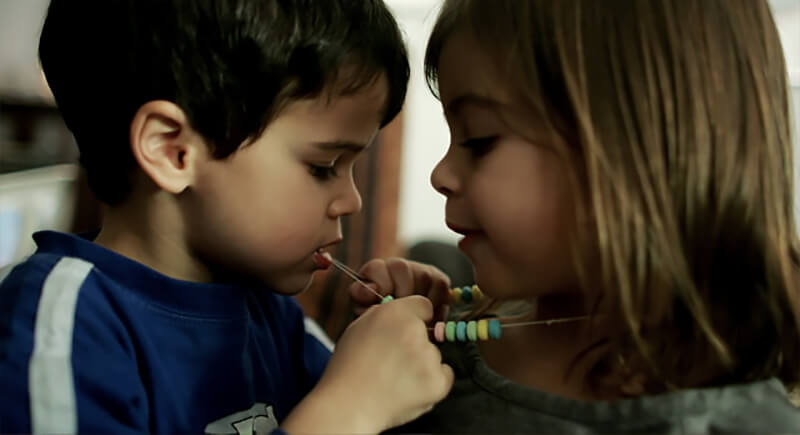
Credit: flickr
Candy necklaces were launched in 1958 but exploded in the 1960s. They paired pastel, fruit-flavored beads with stretchy cords. Their ability to serve both as jewelry and a sugary snack made them incredibly popular at birthday parties and school fairs.
Boston Baked Beans
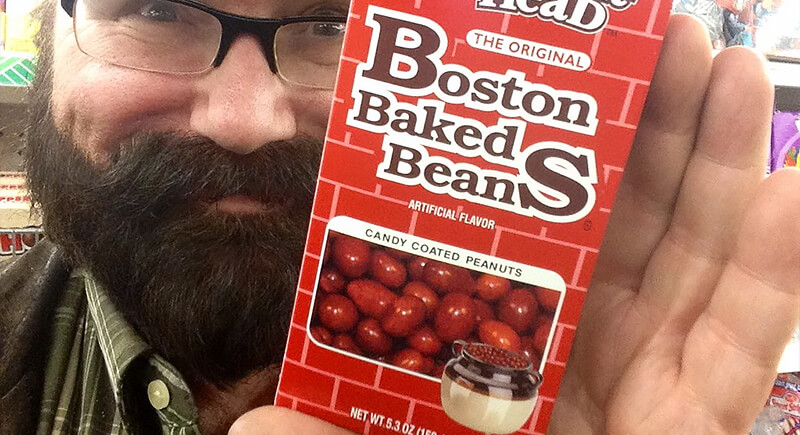
Credit: flickr
Boston Baked Beans combined roasted peanuts with a crunchy, red candy coating using a traditional cold-panning technique. Their balance of nutty and sweet flavors, along with the unique texture, made them staples at movie theaters and old-fashioned candy counters.
Gold Mine Nugget Bubble Gum
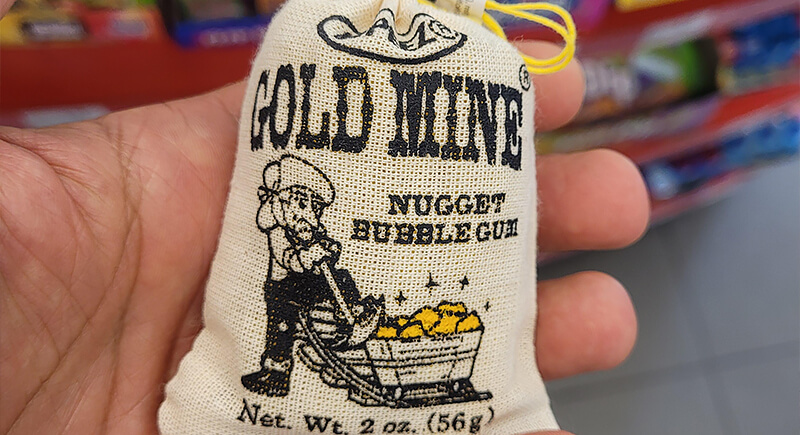
Credit: Reddit
Gold Mine Nugget Bubble Gum brought a playful Wild West fantasy to life. The fruity, nugget-shaped gum, often compared to Juicy Fruit, gave kids a taste of adventure. The creative packaging and imaginative theme helped skyrocket its popularity throughout the 1960s.
Wack-O-Wax Lips
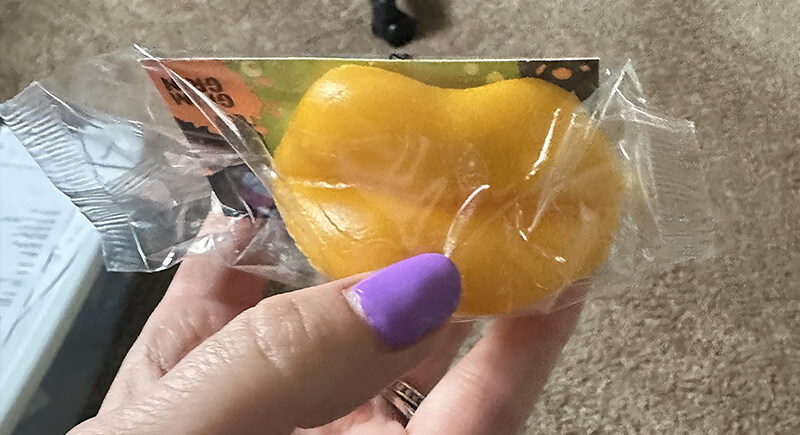
Credit: Reddit
Kids used to rock Wack-O-Wax Lips, giant cherry-flavored wax disguises. After their initial comic use, these novelty treats doubled as chewable gum. Wearing goofy, oversized lips became an instant hit at parties.
Chuckles Jelly Candy
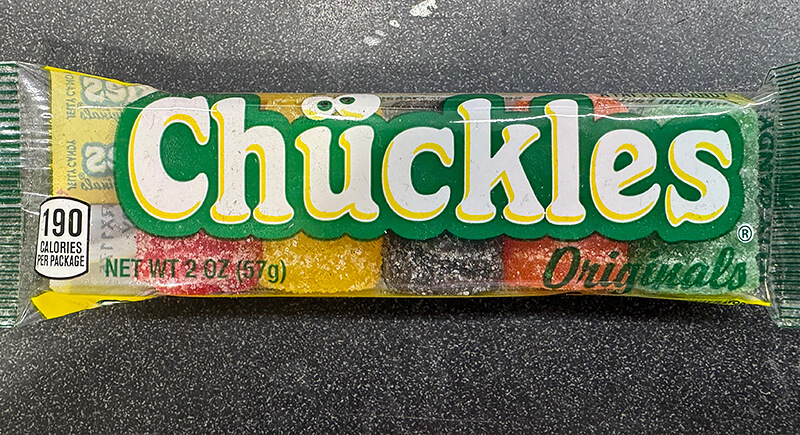
Credit: Reddit
Chuckles candies offered a clean, chewy experience, unlike messier sweets. These pectin-based jellies came in classic flavors like cherry, lemon, lime, orange, and licorice. Their structured shape and satisfying chewiness helped Chuckles earn a permanent spot on candy store shelves by the 1960s.
Lemonhead Lemon Candy
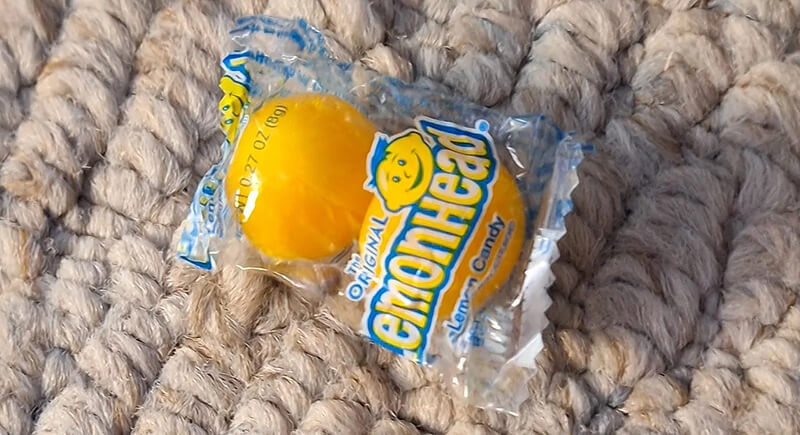
Credit: Reddit
Lemonheads quickly became known for their bold tartness. Real lemon juice and a special cold-canning technique built layer upon layer of flavor around a hard candy center. They were bright, zesty, and impossible to forget.
Atomic Fireball Candy

Credit: ebay
Nothing captured the "atomic age" vibe quite like Atomic Fireballs. These fiery cinnamon candies challenged kids to endure their intense heat. Surviving a full Atomic Fireball earned serious bragging rights among daring friends on playgrounds everywhere.
Good & Plenty Licorice Candy
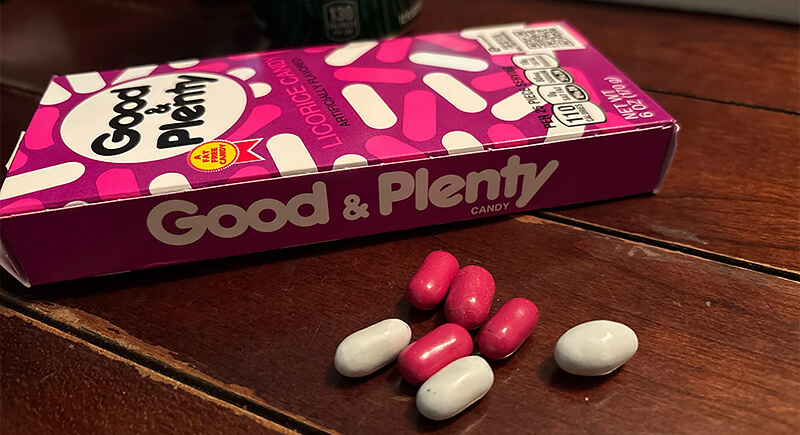
Credit: Reddit
Since 1893, Good & Plenty has been one of America's longest-standing candies. This candy hid an intense black licorice center beneath a crisp candy shell. While many 1960s candies focused on looks and gimmicks, Good & Plenty stayed classic.
Chick-O-Stick
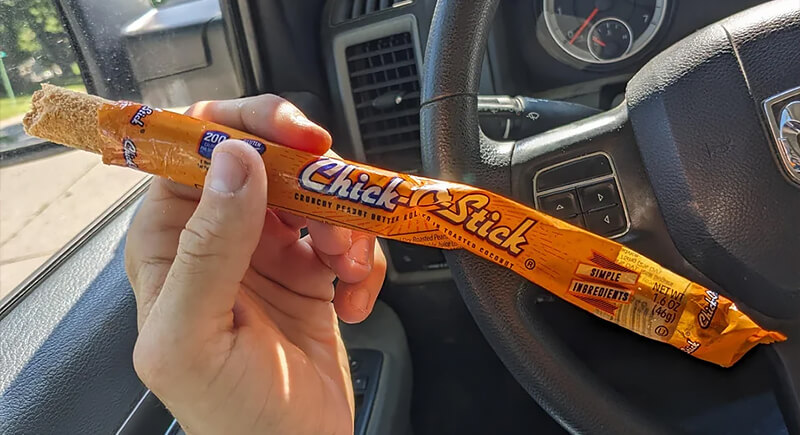
Credit: Reddit
The Chick-O-Stick broke the mold with its unusual combination of toasted coconut and peanut butter. The candy’s flaky, crunchy texture made it memorable. Despite early confusion over a mascot featuring a cowboy chicken, the Chick-O-Stick carved out a sweet, nutty niche of its own.
Black Cow Chocolate Caramel Candy
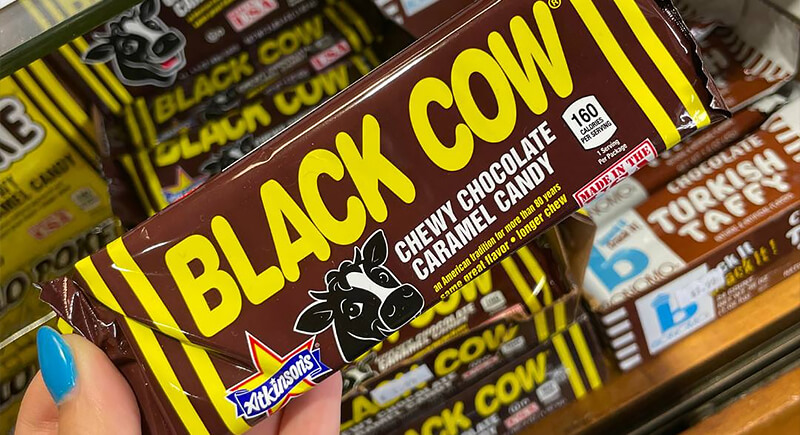
Credit: Facebook
Eating a Black Cow candy was like entering a delicious tug-of-war with your own jaw. This treat originally consisted of caramel coated with chocolate. Over time, it transformed into a full caramel bar drenched in rich chocolate.
Slo Poke Caramel Candy
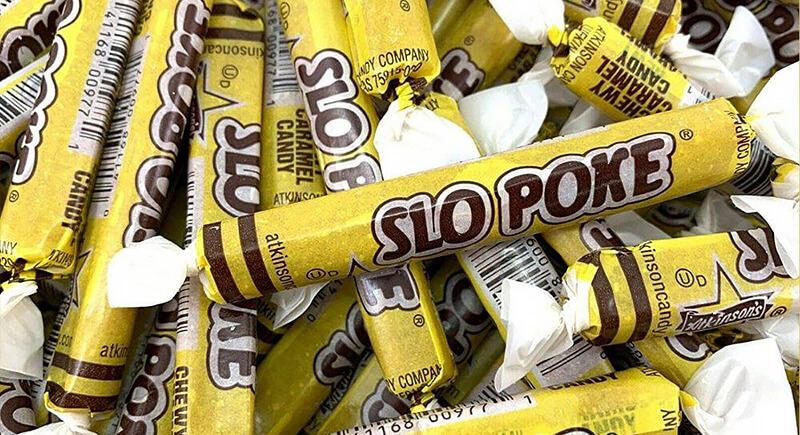
Credit: Facebook
Patience was a virtue when savoring the slow-melting goodness of this caramel treat. The Slo Poke became a beloved slow-burn treat. It initially served as a caramel sucker but later transitioned into a flat, chewy bar, which made it easier for caramel fans to stretch out the enjoyment of its buttery goodness.
Clark's Teaberry Gum
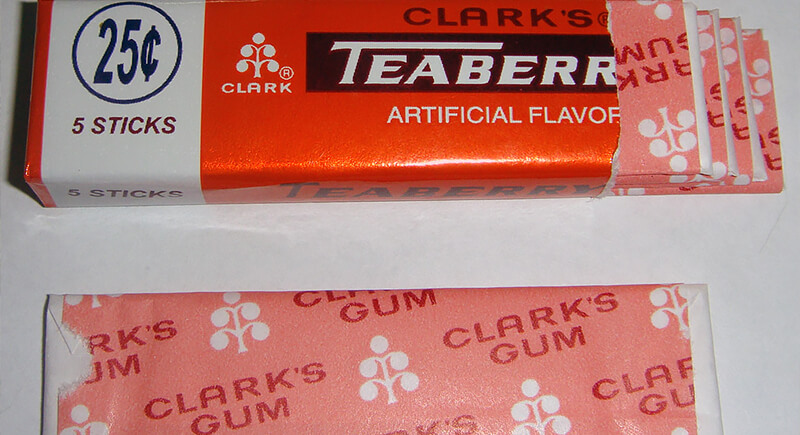
Credit: Wikipedia
Clark's Teaberry Gum, introduced in 1900, soared to new heights in the 1960s. Its crisp wintergreen flavor was pulled straight from the teaberry plant. A lively ad campaign featuring the "Teaberry Shuffle" and Herb Alpert's music made the gum a cultural phenomenon.
Bit-O-Honey Honey Chews
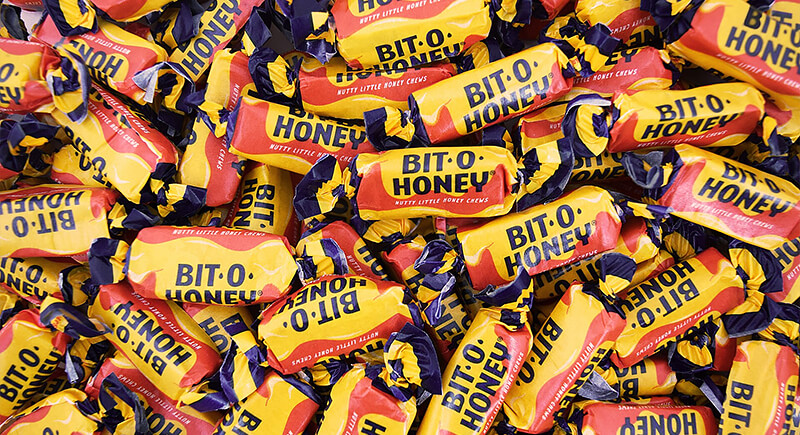
Credit: Wikipedia
Bit-O-Honey focused on honey-sweetened taffy mixed with crunchy almond bits instead of relying on chocolate. The candy offered a slower, chewier snacking experience. Bit-O-Honey's gentle, nutty profile in a market crowded with decadent sweets provided a welcome, long-lasting alternative for candy lovers.
Mallo Cup
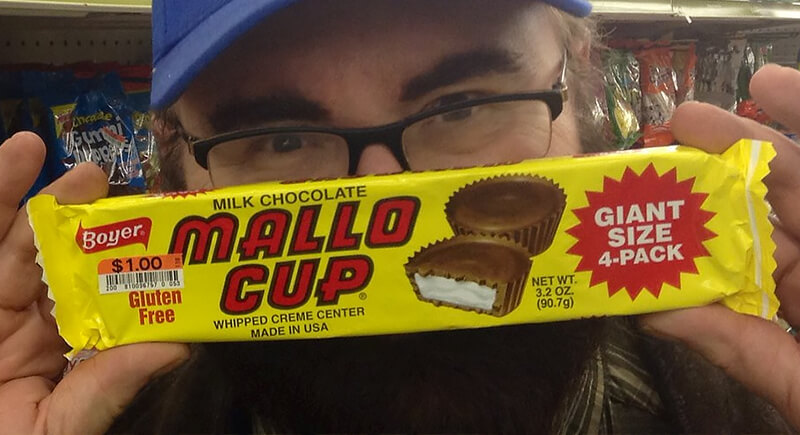
Credit: flickr
During the hardships of the Great Depression, brothers Bill and Bob Boyer created the Mallo Cup to deliver a taste of affordable luxury. The candy combined creamy milk chocolate with a soft, fluffy marshmallow center. Collectible "Play Money" inserts in every pack added extra excitement.


